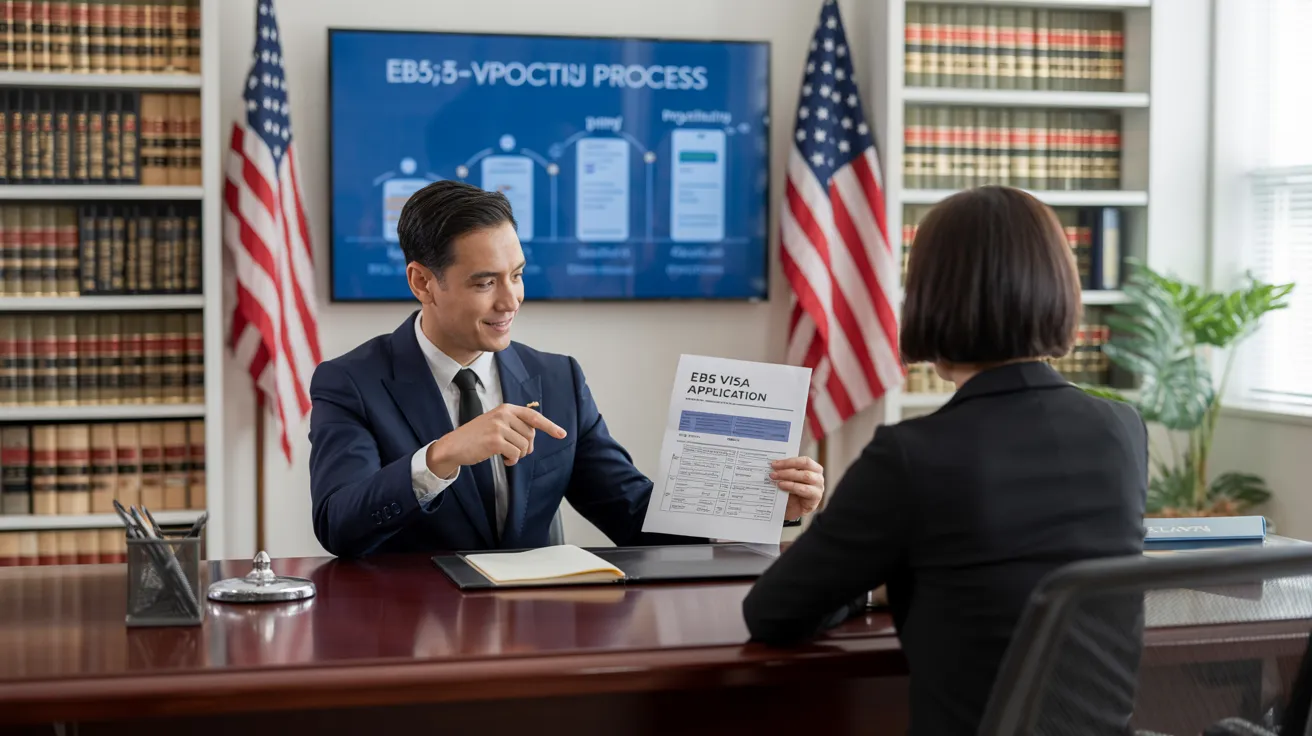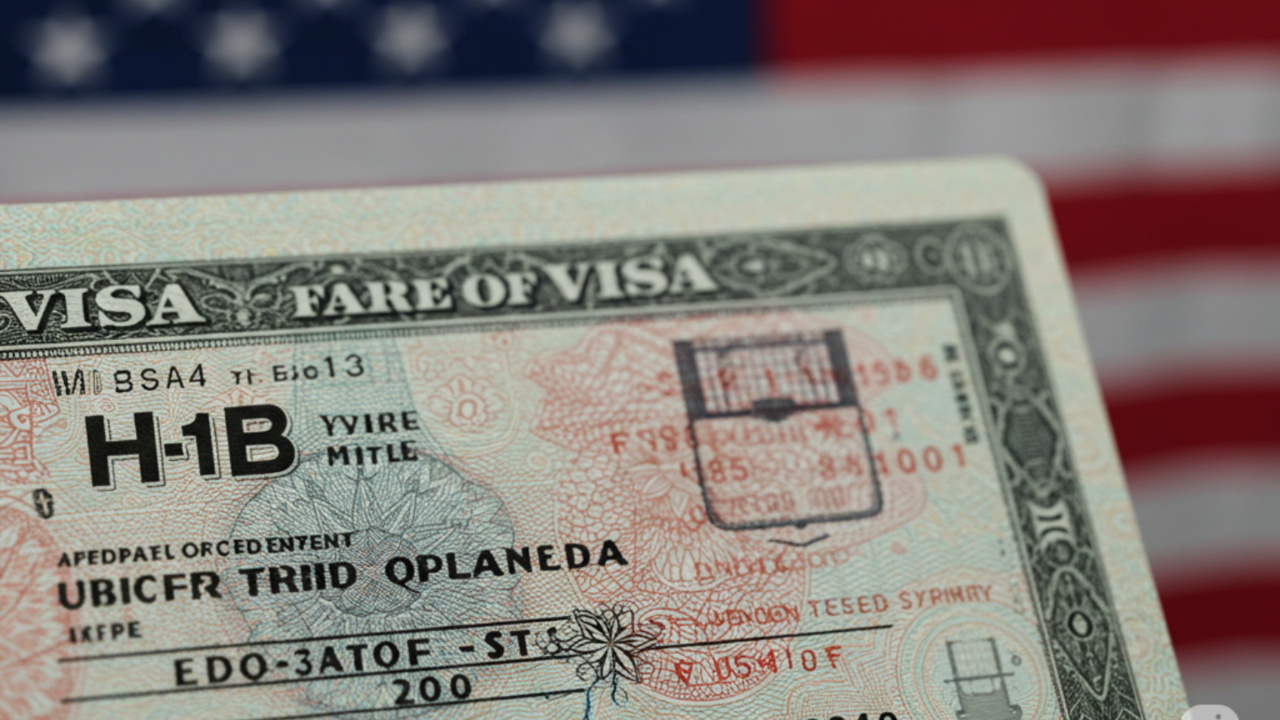Some Known Incorrect Statements About L1 Visa
Table of ContentsExcitement About L1 VisaThe 25-Second Trick For L1 VisaL1 Visa for BeginnersThe Single Strategy To Use For L1 VisaThe 4-Minute Rule for L1 VisaNot known Facts About L1 Visa
Readily Available from ProQuest Dissertations & Theses International; Social Scientific Research Costs Collection. DHS Office of the Inspector General. Gotten 2023-03-26.
U.S. Division of State. Recovered 22 August 2016. "Employees paid $1.21 an hour to install Fremont tech company's computer systems". The Mercury Information. 2014-10-22. Retrieved 2023-02-08. Costa, Daniel (November 11, 2014). "Little-known short-term visas for international tech employees dispirit wages". Capital. Tamen, Joan Fleischer (August 10, 2013). "Visa Holders Replace Employees".
4 Simple Techniques For L1 Visa
In order to be qualified for the L-1 visa, the international business abroad where the Recipient was employed and the united state firm have to have a certifying partnership at the time of the transfer. The different sorts of certifying relationships are: 1. Parent-Subsidiary: The Parent means a company, corporation, or various other legal entity which has subsidiaries that it possesses and regulates."Subsidiary" indicates a firm, corporation, or other lawful entity of which a parent owns, directly or indirectly, even more than 50% of the entity, OR owns less than 50% but has management control of the entity.
Example 1: Firm A is incorporated in France and utilizes the Recipient. Firm B is included in the U.S. and wants to request the Beneficiary. Firm A has 100% of the shares of Business B.Company A is the Moms And Dad and Business B is a subsidiary. As a result there is a certifying connection between both business and Business B ought to have the ability to fund the Recipient.
Firm An owns 40% of Business B. The remaining 60% is had and regulated by Company C, which has no relationship to Business A.Since Company A and B do not have a parent-subsidiary relationship, Business A can not fund the Recipient for L-1.
Example 3: Company A is included in the united state and intends to seek the Recipient. Business B is included in Indonesia and employs the Recipient. Firm A possesses 40% of Firm B. The remaining 60% is possessed by Firm C, which has no connection to Company A. Nonetheless, Company A, by formal arrangement, controls and complete takes care of Firm B.Since Firm An owns less than 50% of Company B but handles and regulates the business, there is a certifying parent-subsidiary relationship and Business A can fund the Recipient for L-1.
A Biased View of L1 Visa
Affiliate: An associate is 1 of 2 subsidiaries thar are both had and managed by the same moms and dad or person, or had and controlled by the same team of people, in basically the exact same ratios. a. Instance 1: Business A is included in Ghana and utilizes the Recipient. Firm B is incorporated learn more in the U.S.
Business C, also integrated in Ghana, owns 100% of Firm A and 100% of Company B.Therefore, Business A and Firm B are "associates" or sister firms and a certifying partnership exists in between the 2 business. Business B must be able to sponsor L1 Visa requirements the Beneficiary. b. Example 2: Business A is incorporated in the U.S.
Firm A is 60% had by Mrs. Smith, 20% possessed by Mr. Doe, and 20% had by Ms. Brown. Firm B is incorporated in Colombia and presently uses the Beneficiary. Business B is 65% had by Mrs. Smith, 15% possessed by Mr. Doe, and 20% possessed by Ms. Brown. Company A and Business B are associates and have a certifying relationship in two various ways: Mrs.
The L-1 visa is an employment-based visa classification established by Congress in 1970, permitting international companies to move their supervisors, executives, or essential employees to their united state operations. It is generally referred to as the intracompany transferee visa. There are two primary kinds of L-1 visas: L-1A and L-1B. These types appropriate for employees hired in different placements within a business.

Furthermore, L1 Visa process the beneficiary needs to have operated in a supervisory, exec, or specialized staff member position for one year within the 3 years preceding the L-1A application in the foreign business. For new office applications, foreign employment must have remained in a managerial or executive capability if the beneficiary is involving the USA to work as a supervisor or exec.
L1 Visa Fundamentals Explained

If provided for an U.S. company operational for greater than one year, the preliminary L-1B visa is for approximately 3 years and can be prolonged for an added 2 years (L1 Visa). On the other hand, if the U.S. firm is recently developed or has been operational for less than one year, the preliminary L-1B visa is provided for one year, with expansions available in two-year increments
The L-1 visa is an employment-based visa classification established by Congress in 1970, permitting international companies to transfer their managers, executives, or crucial personnel to their U.S. operations. It is commonly referred to as the intracompany transferee visa. There are 2 major types of L-1 visas: L-1A and L-1B. These types are ideal for workers employed in different settings within a firm.
6 Easy Facts About L1 Visa Described
In addition, the recipient must have operated in a supervisory, exec, or specialized worker setting for one year within the three years preceding the L-1A application in the international business. For new workplace applications, international employment needs to have remained in a supervisory or executive capacity if the beneficiary is concerning the United States to work as a manager or executive.
for approximately 7 years to supervise the operations of the U.S. affiliate as an exec or manager. If provided for a united state firm that has actually been functional for greater than one year, the L-1A visa is originally granted for approximately 3 years and can be prolonged in two-year increments.
If provided for an U.S. business functional for greater than one year, the initial L-1B visa is for as much as three years and can be prolonged for an additional 2 years. Conversely, if the U.S. firm is newly established or has actually been operational for less than one year, the preliminary L-1B visa is provided for one year, with expansions readily available in two-year increments.